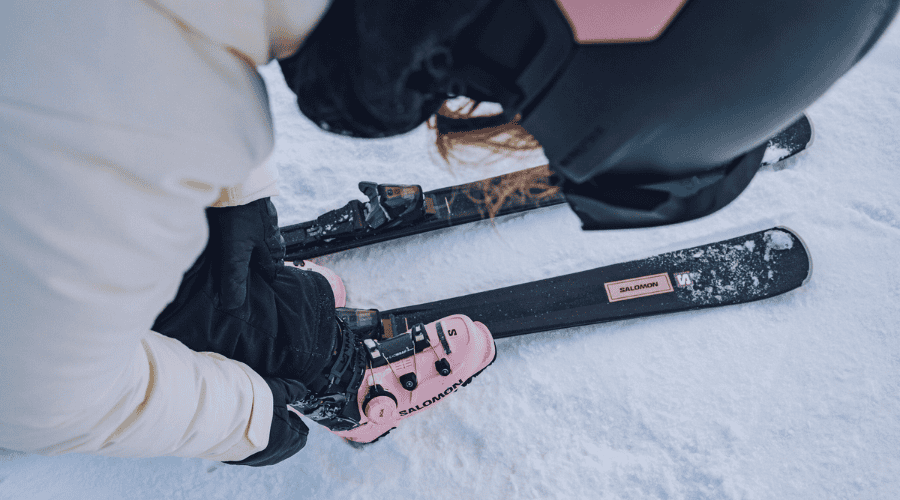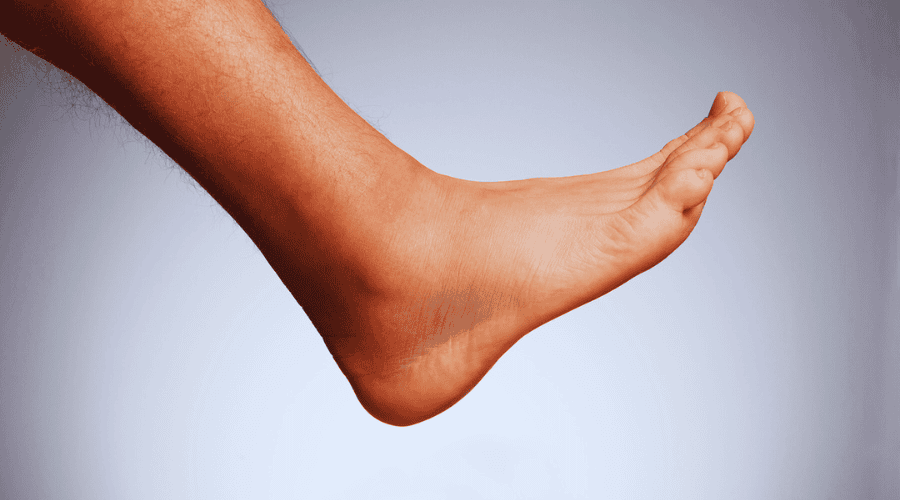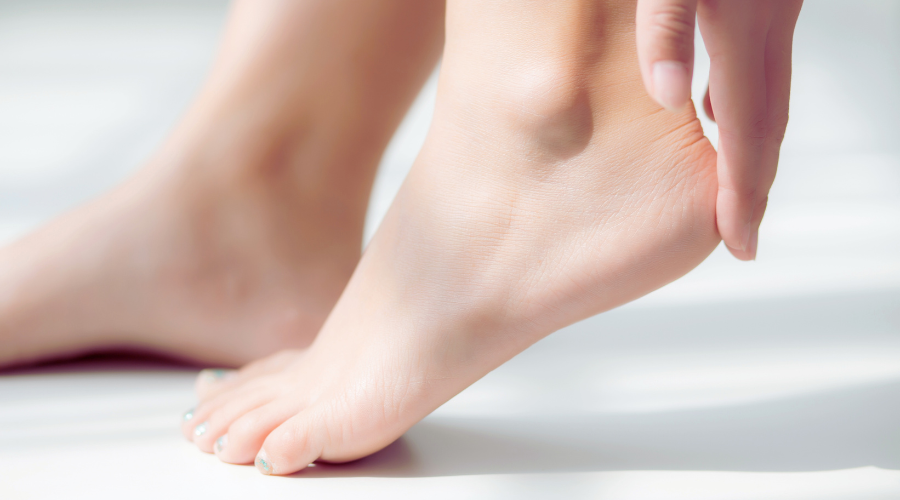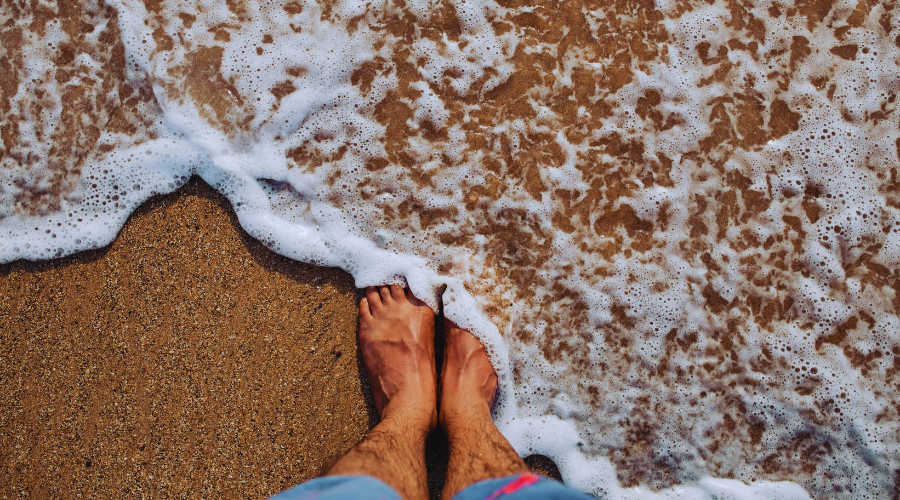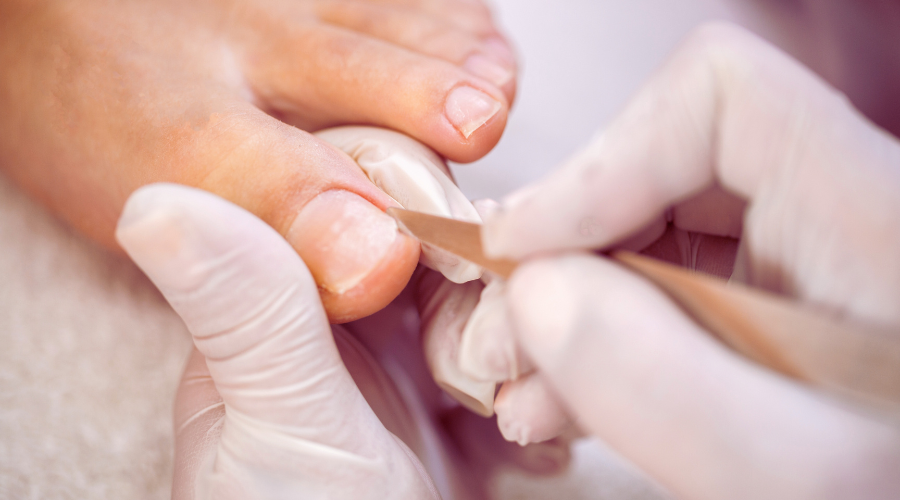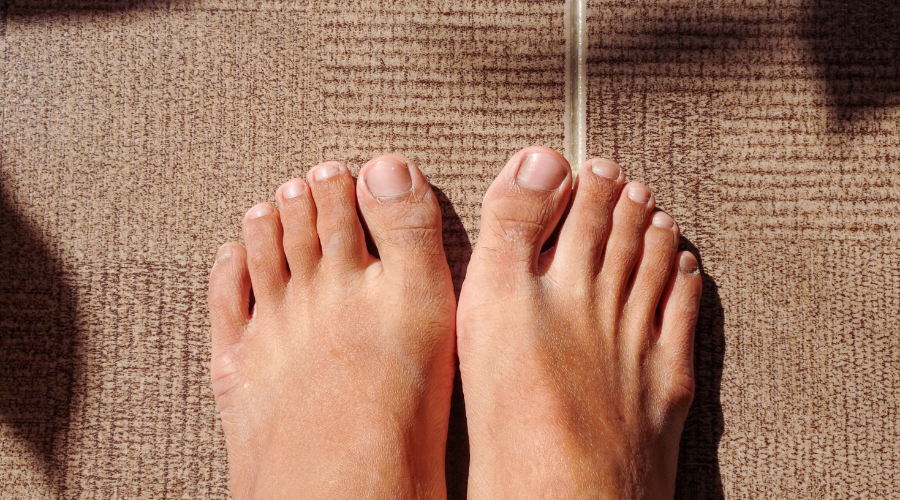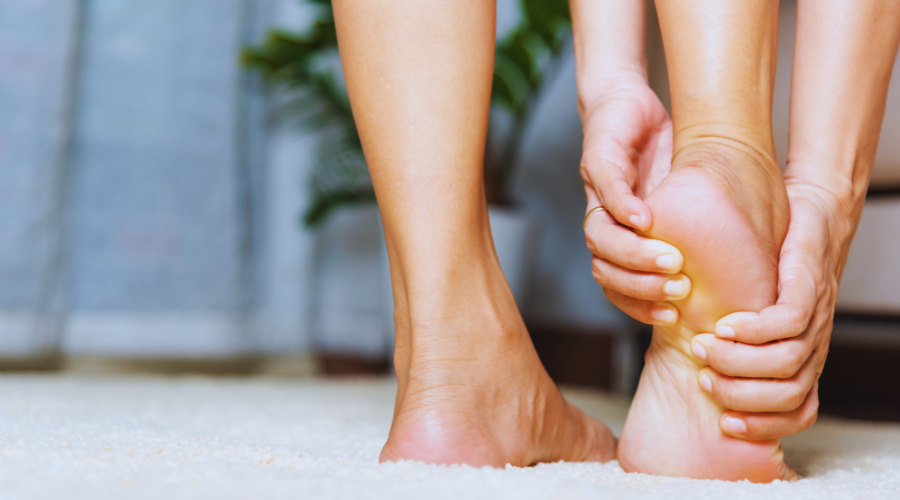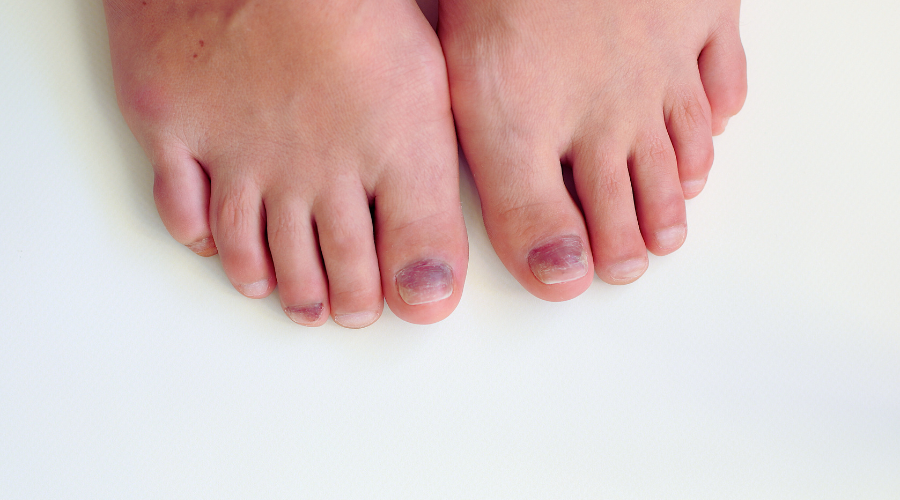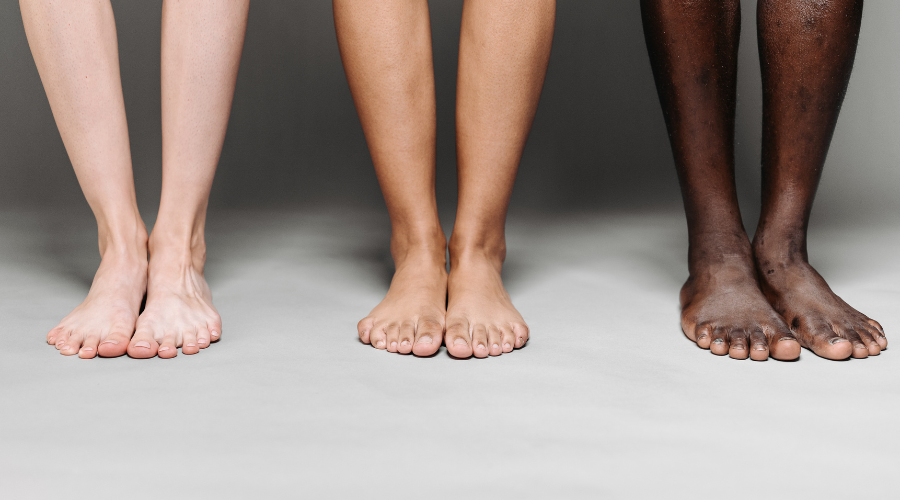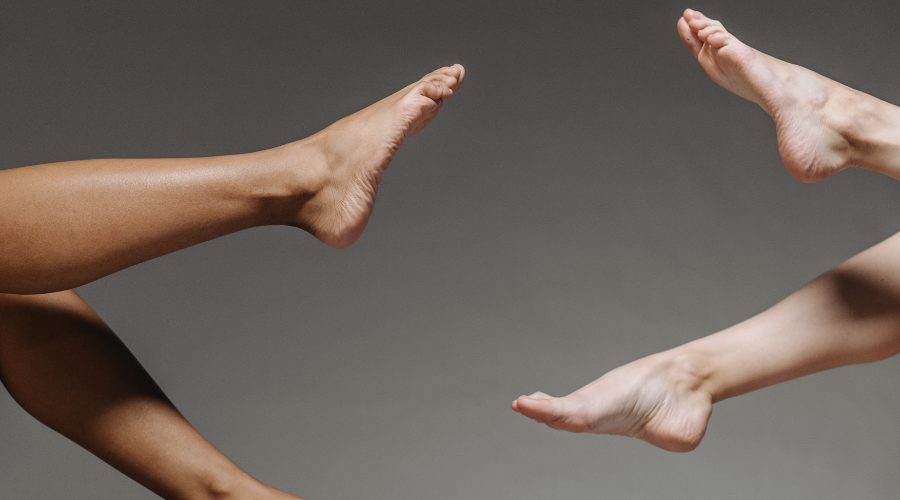Each season presents unique challenges to foot health, and the drastic change in temperature during the cold winter months is no exception.
Below are few common conditions that can be avoided this winter to help maintain the overall well-being of your feet all year long.
Read our tips for foot love for your feet this winter now.
Calluses and Corns
Transitioning from our loose summer sandals to our enclosed winter shoes can be a big change for our feet. Constant irritation due to change of footwear can cause bony bumps resulting in callus build ups or painful corns. These two problems are increasingly prevalent during the colder season due to the common condition of dry skin that accompanies the winter months. It is particularly vital to protect your feet from the harsh cold by wearing suitable shoes that provide adequate warmth and space for your feet. If you believe you are prone to either of these conditions or have a history of calluses and corns, be sure to take measures to avoid these inconveniences or schedule a general foot treatment before the problem becomes too severe.
Ingrown Toenails
Ingrown toenails are a common condition that is  highly prevalent in winter due to the frequent use of enclosed shoes. Poor-fitting shoes are the main factor contributing to ingrown toenails particularly when toenails are left unkempt. Microtrauma often occurs when wearing tight shoes as it restricts room for nail growth thus increasing the likelihood of developing ingrown toenails. Furthermore, it is important to maintain your toenails by regularly trimming and filing them to keep them neat and tidy. Ingrown toenails can be painful and are at risk of serious infection if left untreated, so it is important to seek medical treatment at the first signs of discomfort. Find out more about ingrown toenail surgery at our Sydney foot clinic here.
highly prevalent in winter due to the frequent use of enclosed shoes. Poor-fitting shoes are the main factor contributing to ingrown toenails particularly when toenails are left unkempt. Microtrauma often occurs when wearing tight shoes as it restricts room for nail growth thus increasing the likelihood of developing ingrown toenails. Furthermore, it is important to maintain your toenails by regularly trimming and filing them to keep them neat and tidy. Ingrown toenails can be painful and are at risk of serious infection if left untreated, so it is important to seek medical treatment at the first signs of discomfort. Find out more about ingrown toenail surgery at our Sydney foot clinic here.
Blisters
Well-fitting and quality-made winter shoes help keep your feet free of these pesky skins bubbles. But friction reigns from time to time, and repeated rubbing may cause blisters to develop, especially if you’re breaking in new shoes. If your shoes are causing you blisters, it’s a sign that you shouldn’t be wearing them. It’s not worth the pain. You can also try inserting some extra padding between your skin and the problem area. Resist the urge to pop the blister yourself. Clean it with soap and water, and let it heal on its own. If it opens, put a topical antiseptic to avoid infection and consider a trip to the podiatry clinic if symptoms persist.
Chilblains
Those who are sensitive to changes in weather and cooler temperatures are more susceptible to chilblains which are caused by a combination of cold weather and poor circulation. Chilblains are the painful inflammation of small blood vessels – commonly found in your fingers and toes – that occur in response to cold air. Although chilblains aren’t a serious health concern, they can be irritating, causing a burning sensation on the skin, red, blue or white swollen patches, intense itching, and dry skin.
Raynaud’s Phenomenon
The body conserves heat when exposed to extremely cold temperatures by redirecting the blood supply away from the extremities such as fingers and toes by constricting the blood vessels in the hands and feet, depriving the tissues of blood and causing the characteristic blue or white colour change. This condition is called Raynaud’s Phenomenon which can cause great discomfort lasting from just a few minutes to many hours, however, has no lasting effects. Although there is no cure to Raynaud’s Phenomenon, it is vital to take measures to avoid it by ensuring you keep your whole body consistently warm, particularly your extremities, by wearing warm gloves and thick socks.
Morton’s Neuroma
Morton’s neuromas are caused by too-tight footwear, which squeezes the tissue and bones against nerves. The result is pinched nerves that cause burning, numbness and tingling. This painful “electric toe” is most common around the third toe, but can happen in other parts of the foot. Your feet get wider as you age, so make sure to check your foot size (and width) every winter. If you think you already have a neuroma, a visit to the podiatrist is needed. Nerves can suffer permanent damage if not treated correctly with padding, different shoes, orthotics and/or medications to reduce the inflammation.
Falls and Ankle Sprains
The cold weather can lead to slippery and potentially dangerous pavements and roads. Even with a good shoe with adequate grip, it is advisable to walk softly and not to make any sudden movements. Ankle sprains and  ligament tears are common during winter months so wearing shoes with the right ankle support will reduce your chance of any serious injury. The optimal shoes to wear on slippery pavement would be shoes with rough or textured soles to provide more grip, unfortunately, heels are the worst shoes to wear during this time as they don’t provide as much traction as textured-soled boots. Applying something as simple as these Sure Grip pads from Betts to the soles of your shoes can help give extra grip.
ligament tears are common during winter months so wearing shoes with the right ankle support will reduce your chance of any serious injury. The optimal shoes to wear on slippery pavement would be shoes with rough or textured soles to provide more grip, unfortunately, heels are the worst shoes to wear during this time as they don’t provide as much traction as textured-soled boots. Applying something as simple as these Sure Grip pads from Betts to the soles of your shoes can help give extra grip.
Take the first step to avoiding these conditions by ensuring your feet are ready for winter.



